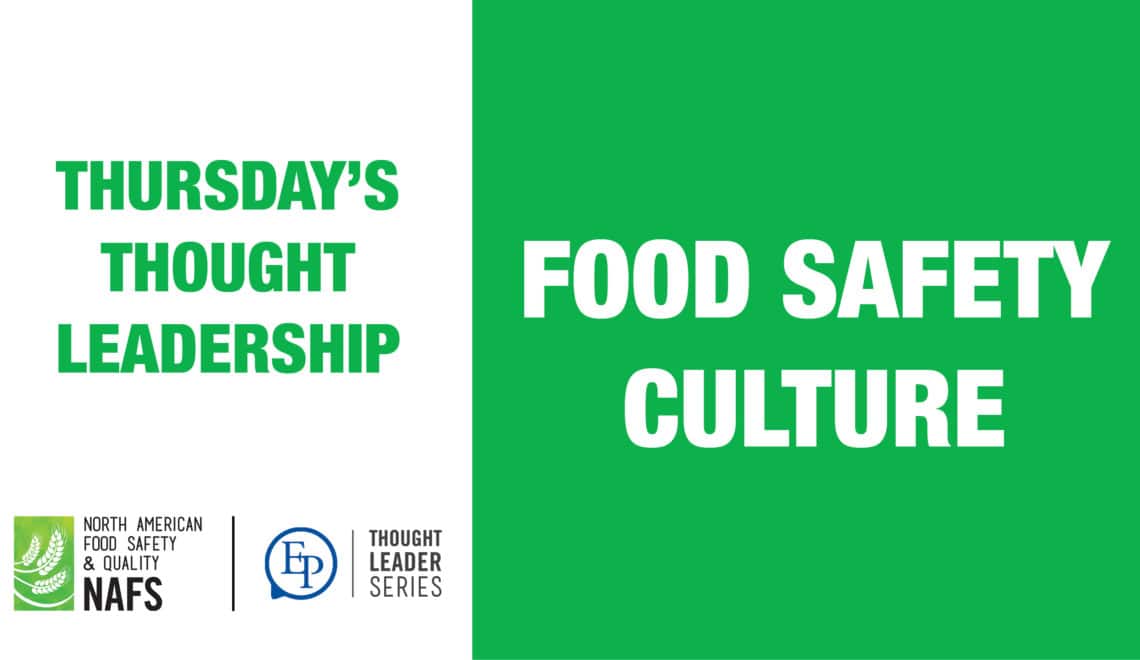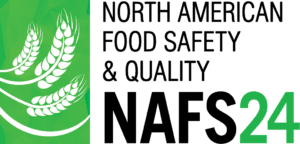
A huge part of the job Food Safety professionals do is thinking about how to make sure everybody else is also thinking about food safety. No one person or even team of people can be responsible for the actions of everyone else in the food supply chain. Pick any set of hands that food passes through: Farmer, truck driver, the workers at the processing facilities and distribution centers —even the office staff handling the paperwork— everyone working in the food industry needs to be aware of how they contribute to food safety.
Few things are more challenging than transforming a self-evident idea into a daily reality.
This is where, “Culture is King.” The only way to make Food Safety everyone’s responsibility is to build and maintain a culture where everyone is engaged and no one would ever think to say, “I was just doing my job. That’s not my problem.”
A few questions to ask about how your business and business culture functions:
- When thinking about your corporate culture as it exists today, how many of these questions are you comfortable answering with a yes?
- Do the people in your company feel comfortable speaking up when they see something that worries them?
- Do they know who to take their concerns to with the expectation that their input will be accepted and acted upon?
- Does your company celebrate when an issue is identified and mitigated before it develops into something bigger?
- Who in your organization is responsible for fostering engagement on issues of Food Safety? What resources are available to help those leaders move the needle and build momentum on the status quo? With complacency being such a challenge to overcome, what can be done to shake up the existing rhythms of Food Safety efforts to bring fresh ideas and energy into the ongoing conversation?
- How often do different divisions within the larger company communicate and share with one another, and how often do those exchanges include cross-pollinating ideas about food safety? What would building more opportunities to engage outside immediate departments and teams look like?
- Taking the same line of thinking from the last question, what about coordinating Food Safety efforts up and down the supply chain from point of origin to point of sale? While a lot of time has been spent recently about how technology is making data sharing easier, a lot more is still to be said about how that data sharing can also foster an end-to-end Food Safety Culture within the supply chain.
- Companies are always setting new targets for things like growth, productivity, and performance. Is there a way to build qualitative metrics on Food Safety into future plans’ quantifiable metrics? What would realistic improvements look like? What would stretch goals look like? What would the team of Food Safety professionals who already do so much good in your organization come up with if they were asked to use their imaginations to come up with “A Big Idea”?
—

Geoff Micks
Head of Content & Research
Executive Platforms
Geoff joined the industry events business as a conference producer in 2010 after four years working in print media. He has researched, planned, organized, run, and contributed to more than a hundred events across North America and Europe for senior leaders, with special emphasis on the energy, mining, manufacturing, maintenance, supply chain, human resources, pharmaceutical, food and beverage, finance, and sustainability sectors. As part of his role as Head of Content & Research, Geoff hosts Executive Platforms’ bluEPrint Podcast series as well as a weekly blog focusing on issues relevant to Executive Platforms’ network of business leaders.
Geoff is the author of five works of historical fiction: Inca, Zulu, Beginning, Middle, and End. The New York Times and National Public Radio have interviewed him about his writing, and he wrote and narrated an animated short for Vice Media that appeared on HBO. He has a BA Honours with High Distinction from the University of Toronto specializing Journalism with a Double Minor in History and Classical Studies, as well as Diploma in Journalism from Centennial College.











